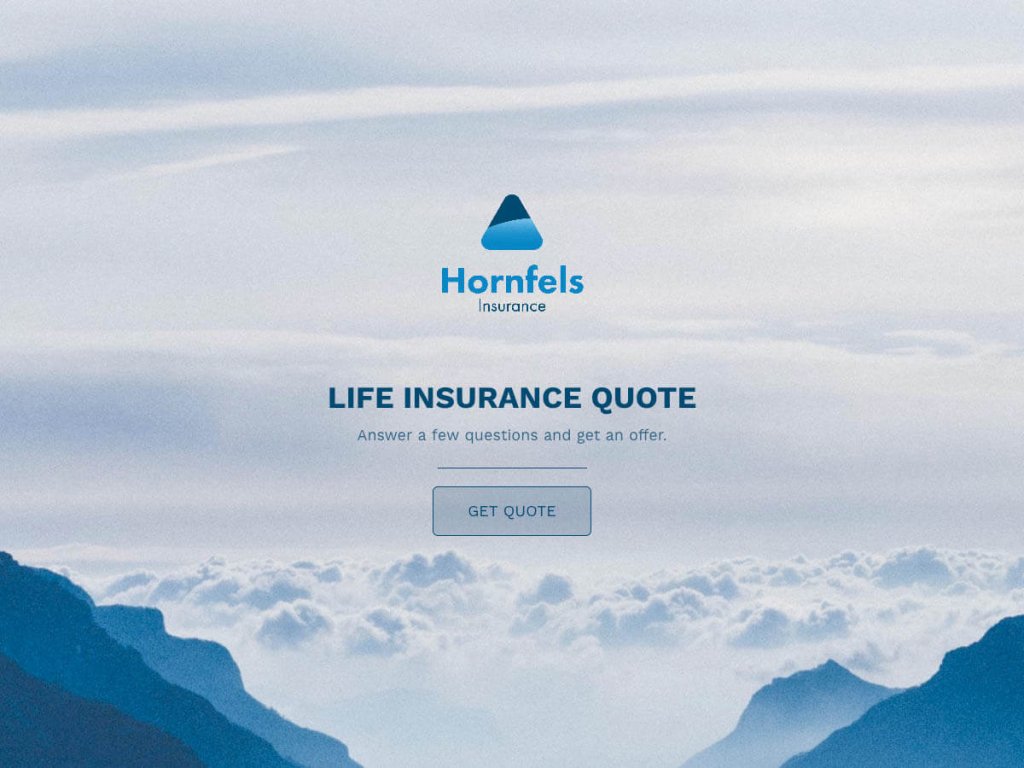You've probably heard that "quality trumps quantity" when it comes to marketing. And in an ecosystem filled to the brim with digital content, your brand needs to stand out with unique, creative assets.
Yet with tight deadlines overhanging your creatives’ heads, it can be hard to let innovation flourish and dish out content that’s remarkable.
Here are 15 examples of brands that do content marketing correctly. Consider them as effective resources to inspire you for your next campaign.
First Steps
Although an actionable framework for creativity doesn't exist, these steps will guide your marketing efforts towards it:
Find a Safe Space for Creativity
Following good old behavioral psychology, the mind is conditioned by repetitive stimuli—and that applies to creativity.
If you create a space for creative work, soon enough it’ll become that space. Your brain will be conditioned to enter a “creative state” in its premises.
So, if you have writer’s block or feel stumped when planning a campaign, then prop up a safe space for your creative mind to wander.
Inspire Yourself with References
“Steal like an artist” is a common phrase for a good reason: all creativity comes from somewhere else and the human mind makes connections between ideas to make something new.
So if you want to create the next big thing, always have inspiring references at hand—or even better, thrive from inspiring books, movies, podcasts, and even life events to become a creative person.
The more experiences you live through, the more creative you’ll become.
Freestyle, then Edit
Overthinking is an enemy to creative work and productivity. Whenever you're worried about the brief or the results of your work, simply get your ideas written down in a brainstorming session. You can edit later for perfection.
15 Creative Content Marketing Examples
1. Innovation Summer 2021 Edition (HP)
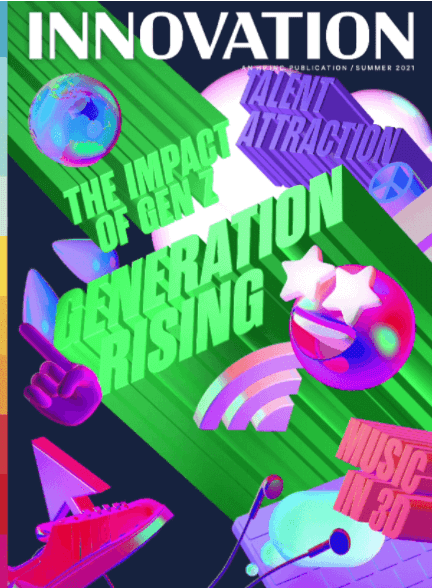
A digital quarterly magazine published by HP, this content is about as high quality as it gets and features well-written and designed articles with industry movers and shakers.
The digital style allows images to come to life while still retaining the historical quality of a hard copy magazine. If it wasn’t obvious, to create this type of content requires no little money, time, and talent.
2. For the Birds – How My Team Supported My Passion of FreeFlight (Cisco)
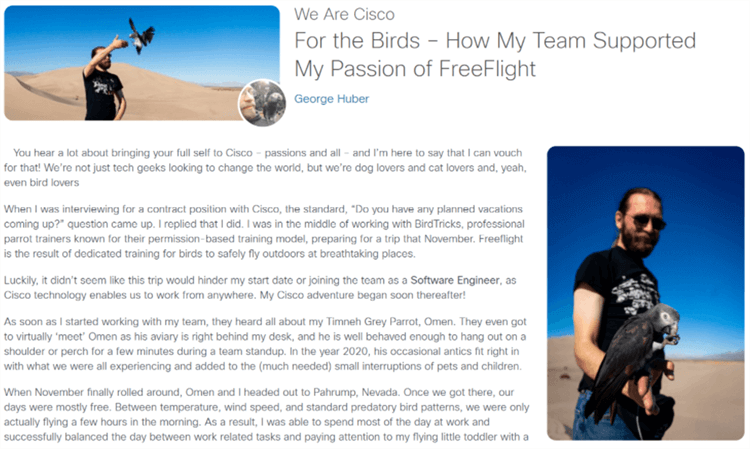
Reading like a recruitment drive, this article by Cisco features an employee before and after joining the company.
Written by the employees themselves, the piece is a kind of social proof designed to showcase the modern working practices employed by Cisco, and the type of talented young person it attracts.
3. The Small Business Guide to Remote Work (Comcast Business)
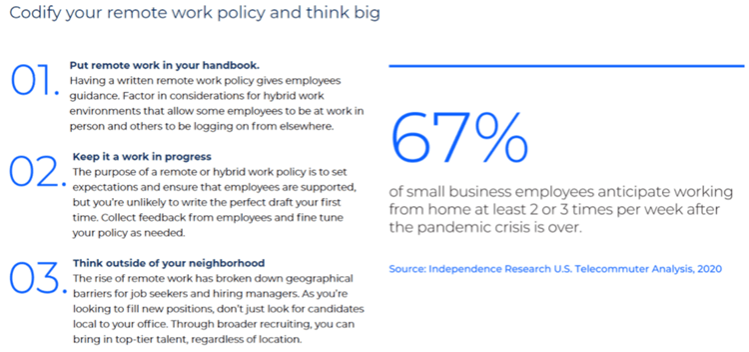
In this short guide, COMCAST reviews the steps small businesses need to take to better organize a remote workforce.
With easily scannable segments and engaging infographics, this content is designed to be picked over and functions as another example of info-on-the-go for the busy professional, with links to PDFs for further reading.
4. Everything You Need to Know About Neuromarketing (Drift)
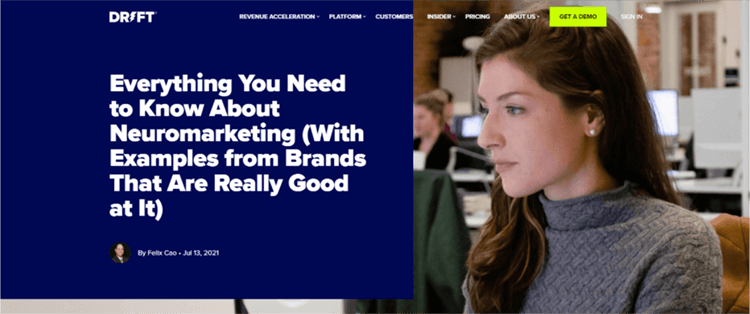
This report prides itself on its intellectual rigor and is designed to inform fellow marketing professionals. It is a classic example of B2B thought leadership. It uses videos and images alongside the text to effectively show how neuromarketing works, instead of just telling.
5. What Is Product Development? Learn The 7-Step Framework Helping Businesses Get to Market Faster (Shopify)
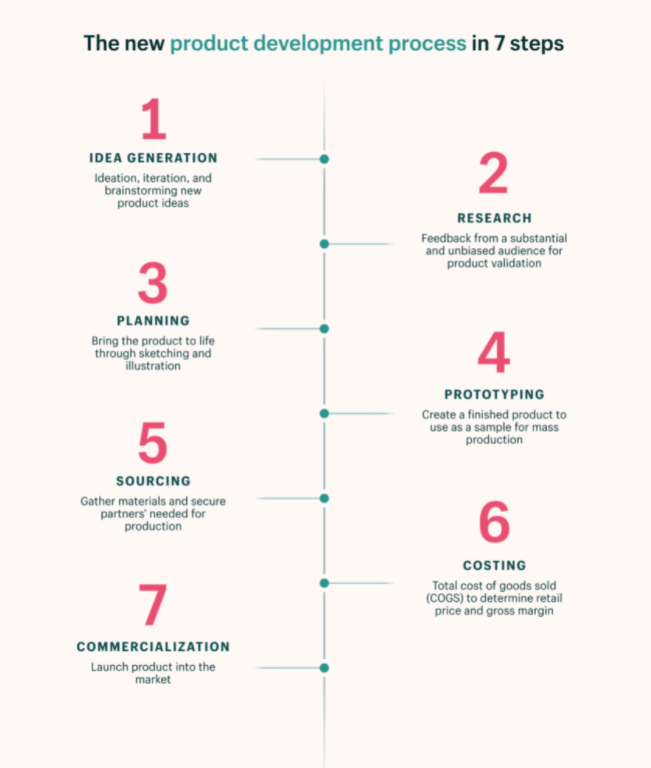
Another example of blog content designed to inform and build brand awareness. This example by Shopify is all about breaking down a complex principle into more manageable and consumable info bites.
This is compounded through the inclusion of multimedia to cover all bases with the target audience. After all, not everyone learns in the same way.
6. What Does Salesforce Do? (Salesforce)
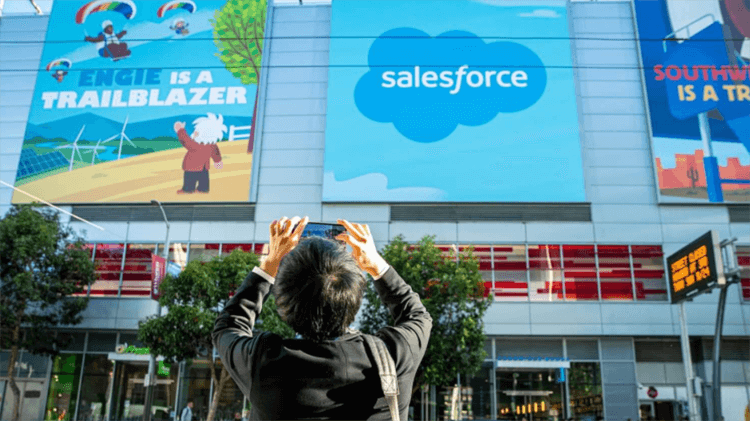
This blog by Salesforce functions in much the same way as an “about us” page to inform potential clients at the TOFU stage. Further content in the form of videos, links to mascots, and a case study is designed to nurture interest through the sales funnel.
7. The Digital Experience Trap: Are Companies Going Pro with Amateur Tools? (Splunk)
In this blog post, cybersecurity firm, Splunk, attempts to place itself firmly within the zeitgeist by comparing tech performances with those of Olympic athletes.
With the Tokyo Olympics underway (at the time of the writing of this article), this type of creative content shows the importance of following trends.
8. VMware People “Take3” Months to Support Nonprofits on Their Digital Journeys (VMware)
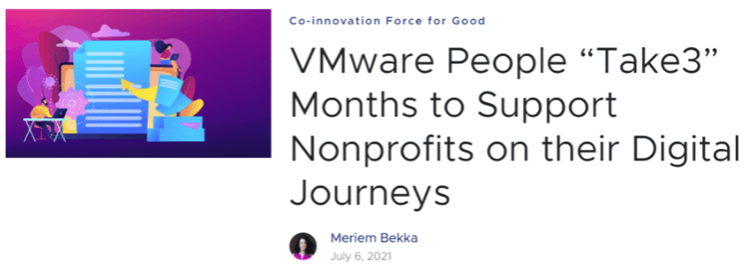
A form of self-promotion designed to increase brand awareness and relevance within a fast-paced business environment, this long-form blog post by VMware pins its objectives onto the backs of employees, who feature heavily.
Not only does this article reveal a personable side to the company, presumably with the intention of increasing applicants for job roles, it also allows the embedment of other VMware projects like its Take3 nonprofit program. A kind of one-stop-shop to showcase brand activity.
9. No Pokémon Cards? What’s Behind the Supply Chain Headlines in 2021 (Quickbase)

Just like Splunk above (pt. 7), informed low-code app platform, Quickbase, utilizes global headlines about product shortages to frame an article on digital experience tools.
In the article, the brand explores common supply chain problems before presenting its platform as a solution. This type of content would feature in the MOFU stage of the consumer journey.
10. IT Managers – Are You Living in The Good Place or The Bad Place? (CoreSite)

Datacenter provider, CoreSite, created this infographic-based content to explain the pros and cons of maintaining company data, either in-house or outsourced.
By using a classic good vs evil dichotomy through which to present core service information in a fun way, this is a great example of creative content done right. It is informative, scannable, shareable, and easy to understand at a glance.
11. FedEx Delivers Digital Leadership, Utilizing Okta As Part of Its Zero Trust Strategy (Okta)
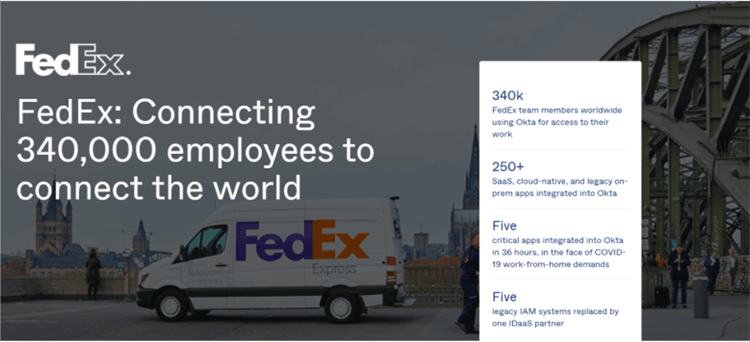
A global courier service, with thousands of employees and clients, relying on legacy software for its identity verification— that’s a recipe for lack of productivity.
And to tackle that, Okta integrated in under 36 hours FedEx’s digital apps to Okta’s Zero Trust Security, so team members could safely access Workday, Office 365, Salesforce, and Zoom without typing so many passwords.
In this case study, Okta brilliantly considered the solutions and the 10 reasons why FedEx chose its identity management service.
12. How Anomaly Detection Could Save Lives, Command Robots, and Transform Volatile Energy Markets (Oracle)
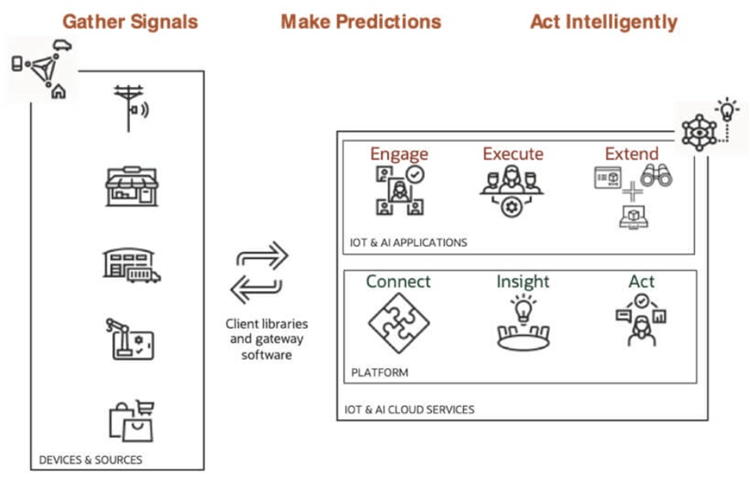
What do you interpret from “Oracle Cloud Infrastructure Anomaly Detection Service”?
To make sense of this word soup, Oracle presents a scenario with robots preventing a life-threatening inferno in a warehouse. The robots detect vapor levels and record videos to assess fire risk.
Based on the collected data, the system can automatically request a dispatch to the location.
By exploring this hypothetical scenario, Oracle makes complex tech understandable to anyone. And the writer concludes the article by mentioning the other uses for this technology, such as saving energy at a power plant by predicting consumption levels.
13. Cyberpedia (Palo Alto Networks)

Palo Alto Networks created this comprehensive glossary on all things cybersecurity for the uninitiated in tech.
Cybersecurity is a niche with heavy jargon, so providing a “cyberpedia” is a great asset for Palo Alto Networks whenever they mention a term in a blog post, eBook, or email.
Also, it's perfect for brand awareness ads on LinkedIn.
14. Extrahop: Security Uncompromised (Extrahop)

Three characters in a lobby, attacking an organization. They are “Advanced System Threats”, “Supply Chain Compromise”, and “Ransomware”—all played by talented actors.
In this live-action production, Extrahop illustrates the threats of a business network with humor. And there’s even a backstory video for each character, which can be viewed on their homepage.
15. Work Friends: What the Research Says About Our Ties With Colleagues (Microsoft)

A Yale professor comments on her research on work and friendship in this Q&A with Microsoft. The article discusses how the pandemic frayed the ties between work acquaintances, while strengthening bonds with close work friends.
The conversation starts with the new Together Mode in Microsoft Teams, which replicates the “conviviality of gathering in person” in video meetings. Then it proceeds to an interview, which reads as journalistic rather than content marketing.
Thus, in this article Microsoft showcases its values of marrying the humane side with tech, while still promoting a product.
Conclusion
Let’s wrap up with some takeaways from these 15 creative marketing examples:
1. Entertain
Even if your goal should be to inform (and in the long run, sell), you still need to entertain your audience. Keep that in mind when creating marketing assets, first and foremost.
It can even be an angle: “how to present X in the most fun way?”, from which you drive your creative efforts. A study shows that humor improves client trust, so don’t be afraid to say words in jest.
2. Be a Storyteller
Telling a story through your clients or employees is more powerful than any run-of-the-mill marketing copy. Get the word from the horse’s mouth directly and feature these stories in your assets for engaging campaigns.
3. Prioritize UX
You might argue that UX isn’t creative, yet it actually is. It takes creative thinking to make content useful, responsive, and easy to understand. Commonly, you’ll need to flex your multimedia muscles and employ infographics, along with videos and copy for better comprehension.
4. Give a Voice to Experts
An expert guest can provide authority to your content and make it stand out from the regular marketing noise, especially if your expert is well-known in the industry.
So interview experts whenever possible, give them a platform, and broadcast their insights. Also, you don’t need to spend a fortune on experts—many at local institutions are willing to share their knowledge free of charge with the public.
5. Design Beautiful Content
In a saturated mediascape, you stand out with gorgeous design. Also, what’s beautiful is usually associated with high quality. So great design = great content in most cases. So hire talented designers for your team or contact a prestigious freelancer to glow up your assets. Additionally, with the rise of AI photo editing, you can now take advantage of cutting-edge technology to enhance and transform your visuals effortlessly, adding a new dimension of creativity to your brand's identity.


